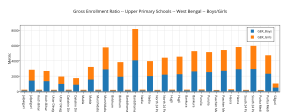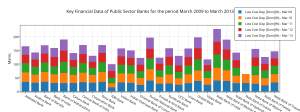The 22nd of February, 2014 was celebrated In India and world over as the Open Data Day. Thousands of Open Data enthusiasts from all over the world participated in it, helping to open up datasets and Visualizing data. The Open Data Day is a gathering of citizens in cities around the world to write applications, liberate data, create visualizations and publish analyses using open public data to show support for and encourage the adoption of open data policies by the world’s local, regional and national governments. The event is open to all, curious citizens, journalists, tech-geeks, students, scientists, graphic designers.  This day was marked with activities all around India, across cities like Kolkata, Hyderabad, etc. Special events and workshop were organized by OKFN, India to educate the citizens regarding the importance of Open data in all walks of life. The emphasis was also on opening up new datasets and to mine the existing ones. India Data is a small example of the work that had been done on datasets.
This day was marked with activities all around India, across cities like Kolkata, Hyderabad, etc. Special events and workshop were organized by OKFN, India to educate the citizens regarding the importance of Open data in all walks of life. The emphasis was also on opening up new datasets and to mine the existing ones. India Data is a small example of the work that had been done on datasets.
A number of datasets had also been analyzed and visualized on the Open Data Day. The visualized Data include
Funds Alloted to Different NGOs, Tree and Forest Cover, Gold Prices, Forest Cover Percentages, Power Supply Position, Proportion Unemployed (per 1000) for persons of age 15-59 years according to usual status, Primary Census Abstract, Revenue Realized from Road Transport (States), Drinking Water Facility and Source of Water, Factors Responsible for Increase in Retention in Schools, Male-Female Ratio, Suspicious Transaction Report Statistics, Key Financial Data of Public Sector Banks, Plan Expenditure, Households access to safe drinking water, State-wise Literacy Rates, Index Numbers of Foreign Trade, State-wise Infant Mortality Rate, Health and Nutrition Indicators by Social Groups, National Estimates of HIV Key indicators and many more.

